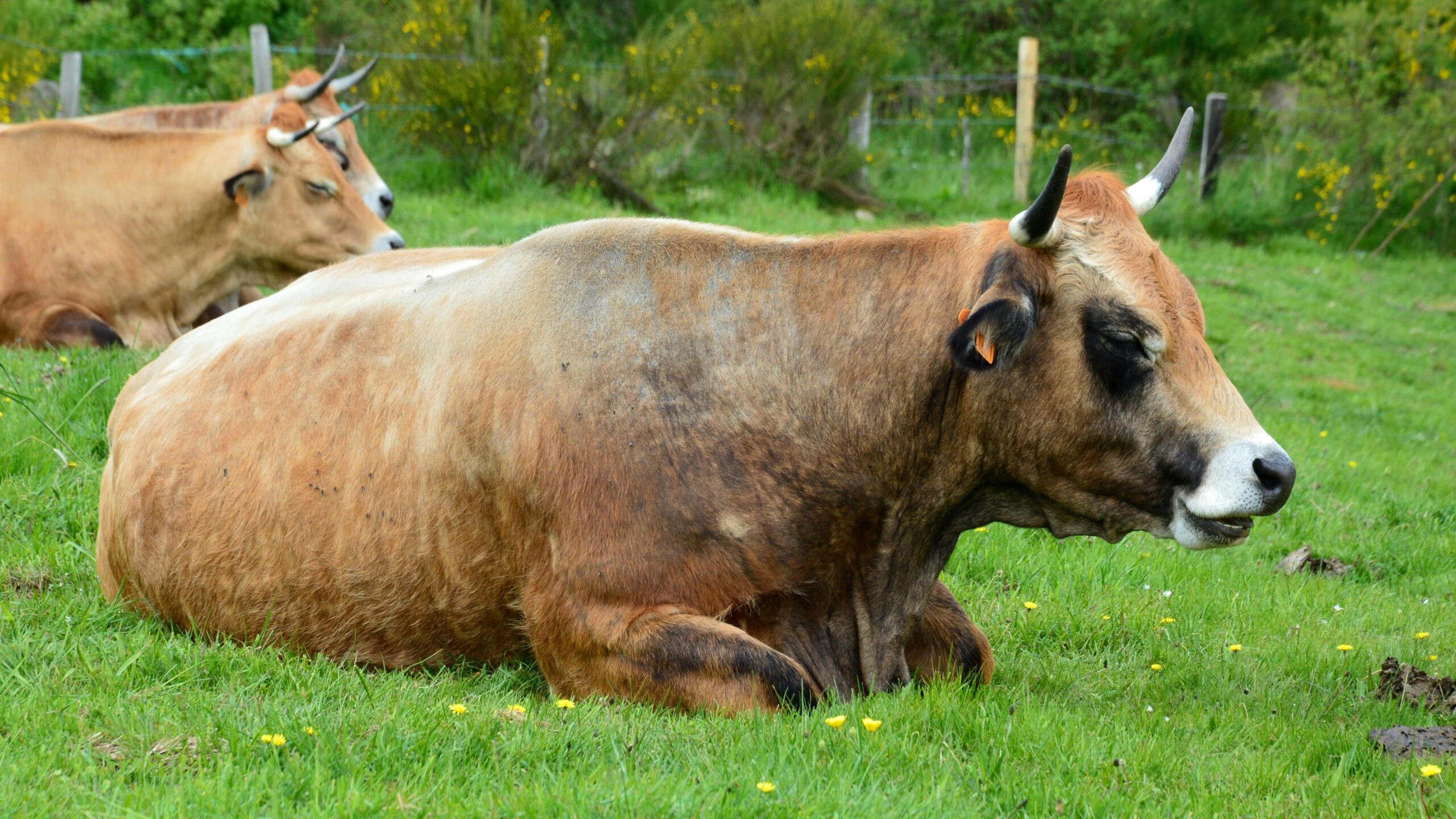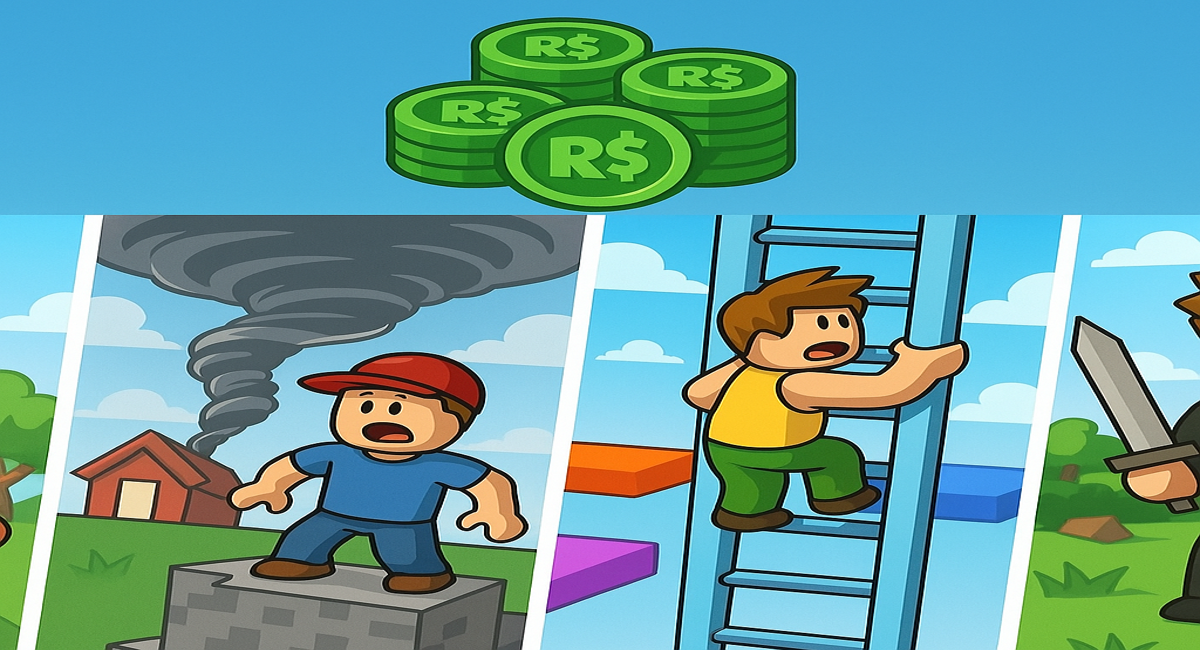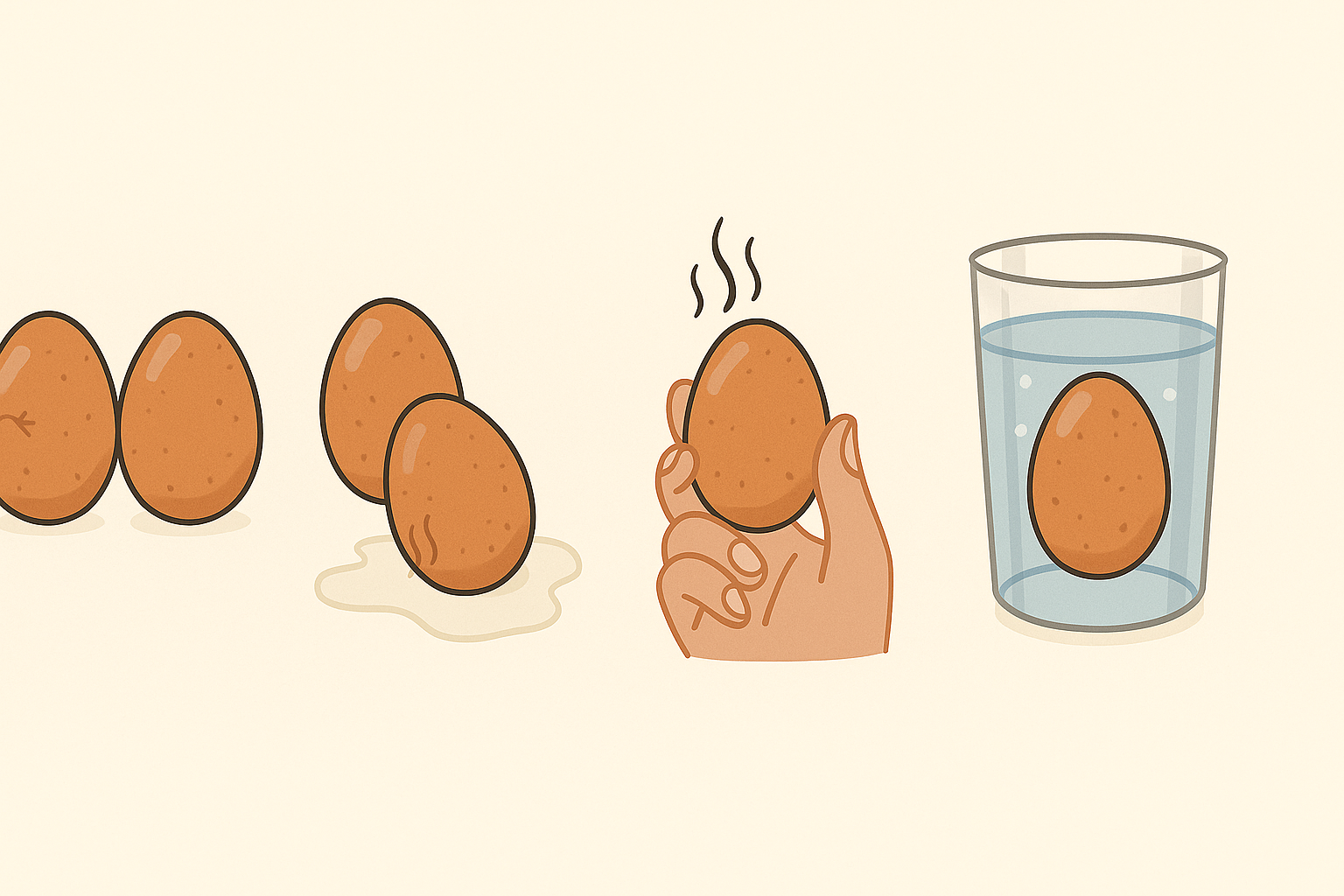.
The Simple Answer: Yes, but Not Like Humans
Cows do sweat, but not efficiently and not in the same way humans do.
Humans have sweat glands all over the body that actively release sweat to cool us down through evaporation. In contrast, cows have very few active sweat glands, and the small amount of sweat they produce is not enough to regulate body temperature in extreme heat. This makes them more vulnerable to heat stress.
The Science Behind Cow Sweating
Cows have two types of sweat glands:
- Apocrine sweat glands – associated with hair follicles and limited in function.
- Eccrine sweat glands – more common in humans, but almost non-functional in cows.
The primary cooling mechanisms for cows are:
- Respiration (panting)
- Increased blood flow to the skin
- Seeking shade or lying in cool spots
- Reduced activity to conserve energy
Since they can’t cool down quickly through sweating, cows are highly dependent on external conditions and environmental support.
Why Heat Affects Cows So Much
Unlike some animals that handle high temperatures well, cows are large mammals that generate a lot of internal heat through digestion—especially rumination (fermentation in the stomach). The microbial activity in the rumen produces heat, and when outside temperatures are high, cows face difficulty shedding that extra heat.
Signs of heat stress in cows include:
- Rapid breathing or panting
- Excessive drooling
- Reduced appetite
- Decreased milk production
- Standing instead of lying down
- Increased water intake
If not addressed, heat stress can lead to illness, reduced fertility, and even death in severe cases.
How Farmers Help Cows Stay Cool
Because cows don’t sweat effectively, farmers and ranchers use several management techniques to keep them cool, especially in summer:
1. Providing Shade
- Trees, shelters, or artificial shading structures
- Helps prevent sun exposure and reduces ambient temperature
2. Misting or Sprinkler Systems
- Spraying cows with water helps cool them as the water evaporates
- Often used in dairy barns during hot months
3. Fans and Ventilation
- Airflow promotes cooling through convection
- Common in enclosed barns or milking parlors
4. Proper Hydration
- Access to clean, cool water at all times is critical
- Cows may drink 30 to 50 gallons per day in hot weather
5. Timing of Feeding
- Feeding during the coolest times of day (early morning or evening) can reduce heat-related digestive stress
6. Low-Density Stocking
- Less crowding allows cows to spread out and reduces heat concentration
Impact of Heat on Milk Production
For dairy farmers, heat stress is not just a health concern but also a production issue. When cows are overheated, they:
- Eat less
- Ruminate less
- Produce less milk
Studies show milk production can drop by 10–25% or more during hot weather. This is a major economic concern in regions with high summer temperatures.
Breeds and Heat Tolerance
Some breeds of cows handle heat better than others:
- Zebu (Bos indicus) breeds like Brahman are more heat-tolerant due to:
- Shorter hair
- Looser skin
- Larger sweat glands (but still not as efficient as humans)
- Better heat dissipation
- European (Bos taurus) breeds like Holstein and Angus are less heat-tolerant and require more cooling support.
Crossbreeding programs often aim to combine high milk or meat production traits with greater heat tolerance.
Global Warming and Cow Welfare
With climate change leading to hotter summers and more extreme weather, managing heat stress in livestock is becoming even more important. Researchers are working on:
- Better shelter designs
- More heat-resistant cow breeds
- Improved nutritional supplements
- Monitoring systems using wearable sensors to detect heat stress early
Farms may also use Thermal Humidity Index (THI) tools to measure stress risk and prepare cooling responses in advance.
Final Thoughts: What You Should Remember
- Do cows sweat? Yes, but not very well.
- Cows rely on breathing, shade, and water more than sweating to stay cool.
- Heat stress is a serious problem for cattle, affecting health, welfare, and productivity.
- Farmers use a range of strategies—fans, misting, shade—to help cows stay cool.
- Some breeds handle heat better, and climate adaptation is becoming essential for sustainable livestock farming.
Understanding how cows handle heat—and why sweating is not enough—helps both consumers and farmers appreciate the challenges of modern animal care. Next time you see cows resting in the shade or drinking water on a hot day, you’ll know they’re not just relaxing—they’re surviving!







Leave a Reply